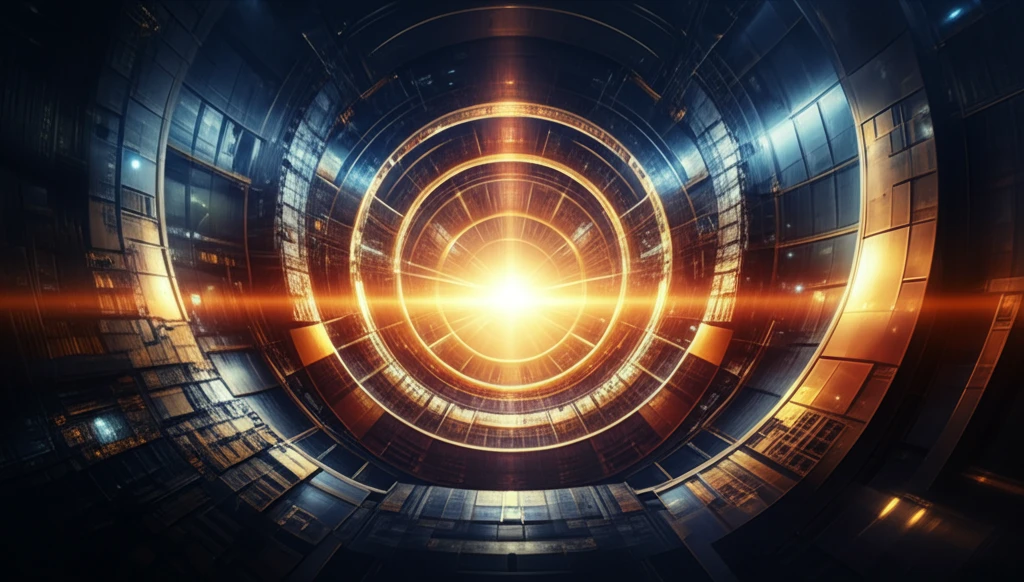
Decoding Tokamak Turbulence: A Simplified Guide to Harnessing Fusion Energy
"Unraveling the mysteries of plasma turbulence with a novel, accessible model."
Imagine a world powered by clean, virtually limitless energy. That's the promise of nuclear fusion, a process that mimics the sun's energy production. Scientists are working tirelessly to make fusion a reality here on Earth, primarily using devices called tokamaks. Tokamaks are large, donut-shaped machines designed to contain superheated plasma—the state of matter where electrons are stripped from atoms—and create the conditions necessary for fusion to occur.
However, achieving stable and efficient fusion is an incredibly complex challenge. One of the biggest obstacles is turbulence within the plasma. Plasma turbulence causes heat and particles to escape, hindering the fusion reaction. Understanding and controlling this turbulence is crucial for making fusion energy a viable source.
Recent research published in Physics of Plasmas presents a new, simplified model for understanding plasma turbulence in tokamaks. This model, based on a 'logarithmically discretized' approach, offers a more manageable way to simulate and analyze the complex interactions within the plasma, paving the way for better control and more efficient fusion reactors. Let’s break down what this means without getting lost in technical jargon.
Why Is Tokamak Turbulence Such a Big Deal?

Think of plasma turbulence like the weather inside a tokamak. Just as unpredictable weather patterns can disrupt our plans, turbulence disrupts the delicate balance needed for fusion. In the superheated plasma, complex interactions between particles create chaotic swirls and eddies, leading to energy loss. This energy loss makes it harder to maintain the high temperatures required for fusion, rendering the process inefficient.
- Increased Efficiency: Reducing turbulence means less heat escapes, allowing the tokamak to reach and sustain fusion temperatures more easily.
- Stable Plasma: Controlled turbulence contributes to a more stable plasma environment, preventing disruptions that can damage the reactor.
- Higher Energy Output: By minimizing energy loss, tokamaks can produce more energy from the fusion reactions.
What Does This Mean for the Future of Fusion?
This new model represents a significant step toward understanding and controlling turbulence in tokamaks. By providing a simpler and more efficient way to simulate plasma behavior, it accelerates the development of fusion energy technology. While challenges remain, this research brings us closer to a future powered by clean, sustainable fusion energy, offering a beacon of hope in the quest for a secure and environmentally responsible energy future. Fusion, while still decades away, could revolutionize how we power our world.
